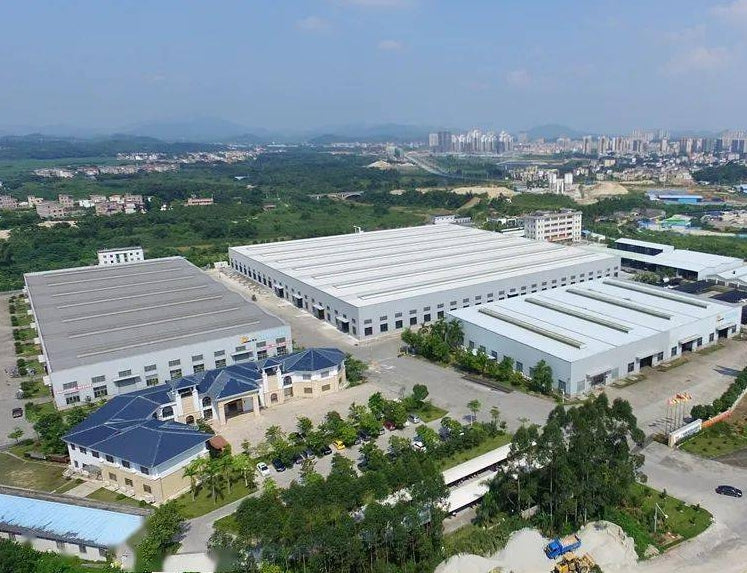Stainless Steel Supplier-Featured products
Grades of Stainless Steel-Collections
-

Stainless Steel Plate/Sheet
The stainless steel plate is a high-performance alloy engineered for durability, corrosion...
-

Stainless Steel Elbow
The stainless steel elbow is a precision-engineered pipe fitting designed to redirect...
-

Stainless Steel Rod/Bar
The stainless steel rod is a precision-engineered, corrosion-resistant metal product crafted from...
-

Stainless Steel Pipe/Tube
The stainless steel pipe is a corrosion-resistant, high-strength tubular product manufactured from...
-

Stainless Steel Coil
The stainless steel coil is a versatile, high-performance material manufactured from chromium-nickel...
-

Stainless Steel Flat
The stainless steel flat top grill is a premium-grade cooking appliance engineered...

About Us
At StockSteel, we pride ourselves on delivering high-quality stainless steel products tailored to meet industrial, commercial, and residential needs. As a leader in the stainless steel industry, we specialize in supplying 304 stainless steel, a versatile and durable alloy renowned for its exceptional corrosion resistance, formability, and aesthetic appeal. Our product of 304 stainless steel outperforms other grades, offering superior protection against stainless steel rust in most environments.Partner with StockSteel for unmatched quality and reliability. Explore our catalog today and discover how our stainless steel innovations can elevate your projects!
Stainless Steel Types-Blog
Ranges Stainless Steel-Q&A
What is the melting point of stainless steel and how does it vary by grade?
The melting point of stainless steel typically ranges between 1375°C to 1530°C (2507°F to 2786°F), depending on its alloy composition. For example, 304 stainless steel melts at 1400–1450°C, while 316 stainless steel has a slightly lower range of 1375–1400°C.Chromium and nickel content significantly influence this property, enhancing both heat resistance and structural integrity. Higher chromium levels (e.g., in 440C or 17-4PH grades) can further increase thermal stability, making these alloys suitable for high-temperature applications like aerospace components.
How does passivation of stainless steel improve corrosion resistance?
Passivation of stainless steel involves treating the surface with nitric or citric acid to remove free iron particles and form a chromium-rich oxide layer. This process enhances the material’s natural corrosion resistance by creating a uniform protective film (Cr₂O₃), which prevents oxidation and pitting. Citric acid is increasingly preferred over nitric acid due to its eco-friendly profile and effectiveness in marine environments. Proper passivation is critical for applications like surgical instruments or chemical tanks, where even minor corrosion could compromise safety.
What precautions are needed when screwing into stainless steel?
Screwing into stainless steel requires careful preparation to avoid galling (thread seizing). Use lubricants like wax or specialized anti-seize compounds to reduce friction. Opt for hardened steel or titanium screws, as softer metals may wear down during installation. Pre-drilling pilot holes slightly smaller than the screw diameter ensures proper thread engagement without stressing the material. For high-stress applications, consider 304 or 316 stainless steel fasteners, which balance durability and corrosion resistance.
Why does stainless steel rust under certain conditions?
Despite its name, stainless steel rust can occur if the protective chromium oxide layer is damaged. Exposure to chlorides (e.g., seawater or road salt) or prolonged contact with acidic substances accelerates corrosion. For instance, 304 stainless steel may rust in coastal environments, whereas 316 stainless steel (with added molybdenum) resists pitting better. Surface contamination (e.g., iron particles) or improper passivation also compromises corrosion resistance. Regular cleaning and selecting grade-appropriate alloys for specific environments mitigate this risk.


















